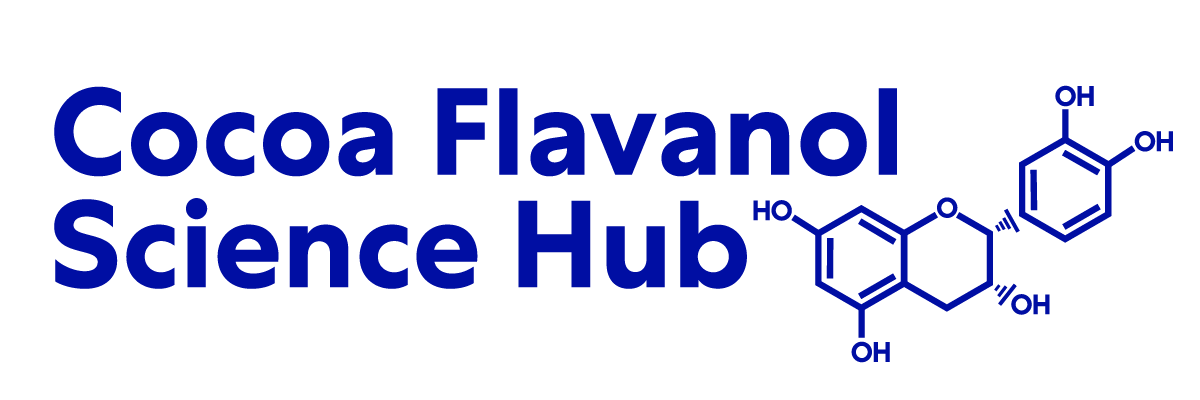Effects of cocoa powder and dark chocolate on LDL oxidative susceptibility and prostaglandin concentrations in humans.
BACKGROUND:
Flavonoids are polyphenolic compounds of plant origin with antioxidant effects. Flavonoids inhibitLDL oxidation and reduce thrombotic tendency in vitro. Little is known about how cocoa powder anddark chocolate, rich sources of polyphenols, affect these cardiovascular disease risk factors.
OBJECTIVE:
We evaluated the effects of a diet high in cocoa powder and dark chocolate (CP-DC diet) on LDLoxidative susceptibility, serum total antioxidant capacity, and urinary prostaglandin concentrations.
DESIGN:
We conducted a randomized, 2-period, crossover study in 23 healthy subjects fed 2 diets: an average American diet (AAD) controlled for fiber, caffeine, and theobromine and an AAD supplemented with 22 g cocoa powder and 16 g dark chocolate (CP-DC diet), providing approximately 466 mg procyanidins/d.
RESULTS:
LDL oxidation lag time was approximately 8% greater (P = 0.01) after the CP-DC diet than after the AAD. Serum total antioxidant capacity measured by oxygen radical absorbance capacity was approximately 4% greater (P = 0.04) after the CP-DC diet than after the AAD and was positively correlated with LDL oxidation lag time (r = 0.32, P = 0.03). HDL cholesterol was 4% greater after the CP-DC diet (P = 0.02) than after the AAD; however, LDL-HDL ratios were not significantly different. Twenty-four-hour urinary excretion of thromboxane B(2) and 6-keto-prostaglandin F(1)(alpha) and the ratio of the 2 compounds were not significantly different between the 2 diets.
CONCLUSION:
Cocoa powder and dark chocolate may favorably affect cardiovascular disease risk status by modestly reducing LDL oxidation susceptibility, increasing serum total antioxidant capacity and HDL-cholesterol concentrations, and not adversely affecting prostaglandins.
See the Full Study > (opens in a new tab)









